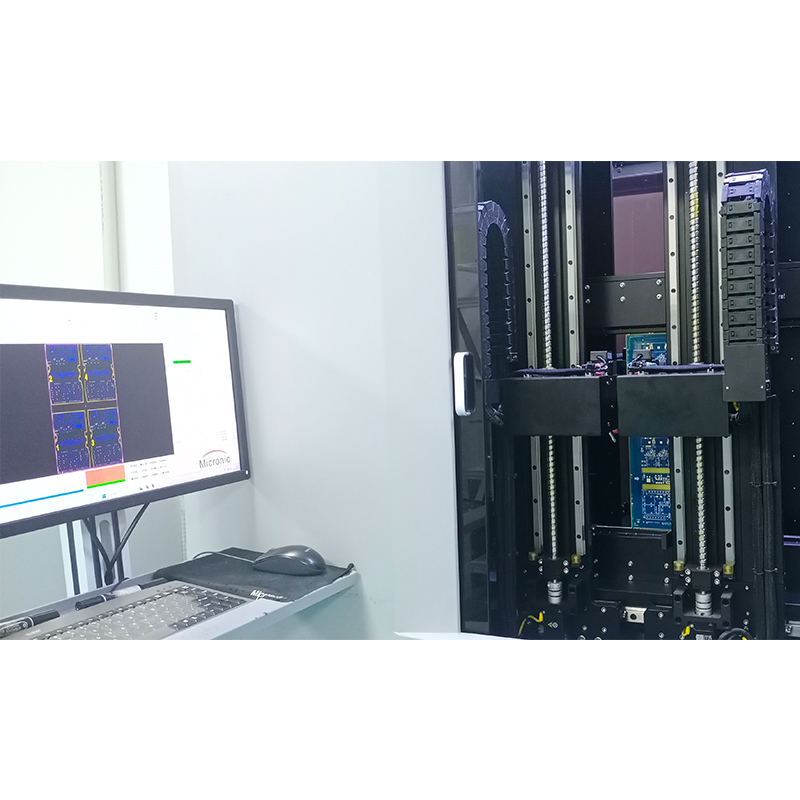In this blog post, we’ll take a closer look at the effects of humidity and moisture on rigid-flex circuit boards and discuss how manufacturers and engineers can mitigate these effects.
In the electronics field, rigid-flex circuit boards are becoming increasingly popular due to their unique designs and versatile applications. These circuit boards are composed of rigid and flexible layers that allow them to bend, fold, or twist to fit compact and complex electronic devices. However, like any other electronic component, rigid-flex circuit boards are not immune to environmental factors such as humidity and moisture. In fact, these elements can significantly affect the performance and longevity of these boards.
Both humidity (referring to the presence of water vapor in the air) and moisture (referring to the physical amount of water present in the environment) can adversely affect rigid-flex circuit boards. When exposed to high humidity, moisture can penetrate the circuit board layers, causing corrosion of metal traces and components. This can cause conductivity losses and reliability issues. In addition, moisture can affect the dielectric properties of the insulating materials used in circuit boards, causing increased capacitance or leakage current. This can lead to signal interference, poor impedance control, and overall performance degradation of the board.
One of the main challenges with rigid-flex circuit boards is the presence of areas with different bend radii, which can create potential weaknesses. When exposed to moisture, these weak points become more susceptible to damage. Moisture can penetrate the flexible layers, causing them to swell or delaminate, causing increased stress on the rigid layers and potentially causing the board to fail. In addition, absorbing moisture can change the dimensions of the flexible layer, causing misalignment with the rigid layer and hindering the overall functionality of the board.
To mitigate the effects of humidity and moisture on rigid-flex circuit boards, manufacturers and engineers employ a variety of strategies. One common approach is to use conformal coatings, which provide a protective barrier against environmental factors, including water vapor and liquid moisture. These coatings are typically applied to exposed metal traces to prevent corrosion and enhance the overall reliability of the circuit board. However, selecting the correct coating material and ensuring proper coverage is critical, as insufficient coating can result in localized exposure to moisture and limited protection.
Another key aspect is choosing the right materials for rigid-flex circuit boards. Moisture-resistant materials, such as polyimide, are often favored for flexible layers due to their low moisture absorption and excellent dimensional stability. In addition, a moisture barrier can also be incorporated into the design of the circuit board to prevent moisture from penetrating the layer and causing damage. These barriers are usually made of materials with high water vapor resistance, such as metal foils or special polymers.
Additionally, proper design considerations can minimize the effects of humidity and moisture on rigid-flex circuit boards. Ensuring adequate spacing between components and traces helps reduce the chance of moisture migration and reduces the risk of short circuits. Additionally, implementing a controlled impedance design can enhance signal integrity and minimize the effects of moisture-induced capacitance changes.
Regular testing and monitoring are also critical to maintaining the reliability of rigid-flex circuit boards. Environmental testing, such as temperature and humidity cycling, can simulate real-world conditions and identify potential weaknesses in the design or manufacturing process. These tests can help identify any performance degradation or failure due to moisture absorption and guide future design improvements.
In summary, humidity and moisture can significantly affect the performance and reliability of rigid-flex circuit boards. The presence of moisture can cause corrosion, swelling, delamination and dimensional changes, resulting in a variety of operating problems. However, engineers and manufacturers can mitigate these effects through the use of appropriate materials, protective coatings, appropriate design considerations and rigorous testing. By understanding the effects of humidity and moisture on rigid-flex circuit boards and implementing effective mitigation strategies, electronic devices can continue to operate reliably in a variety of environments.
Post time: Oct-08-2023
Back







